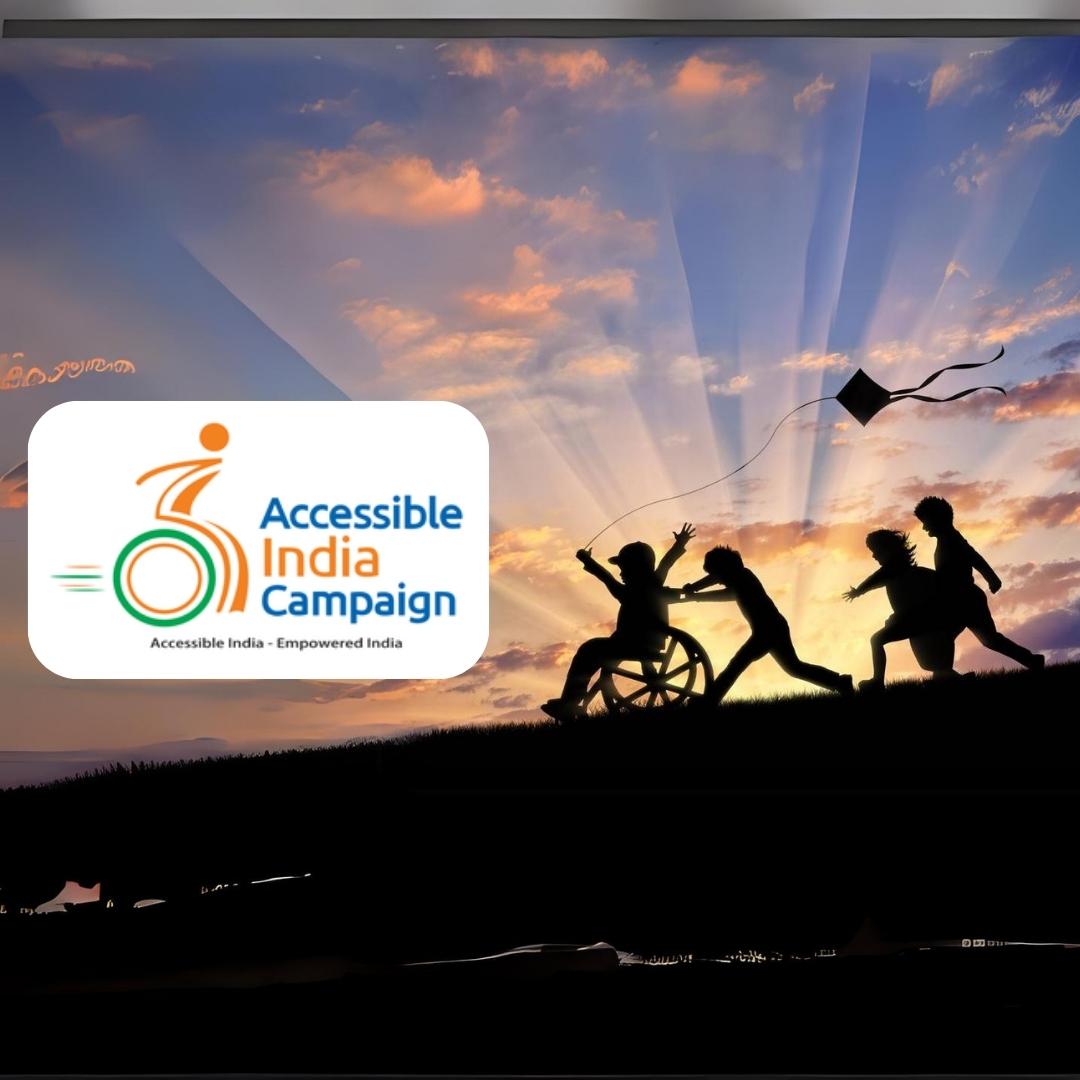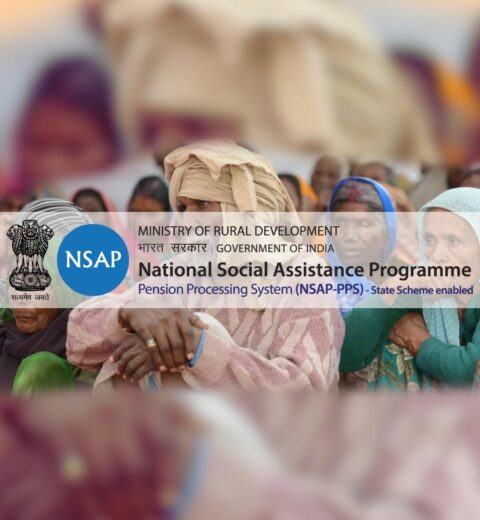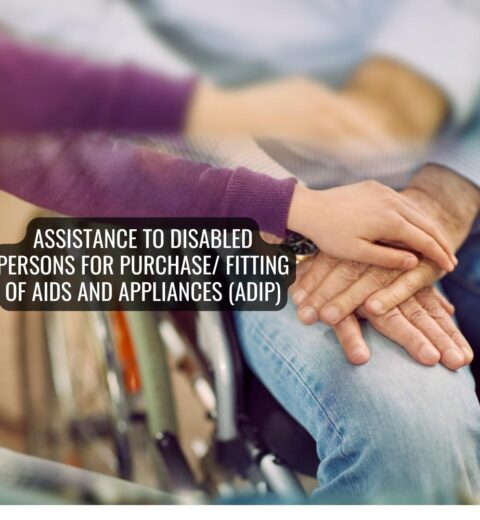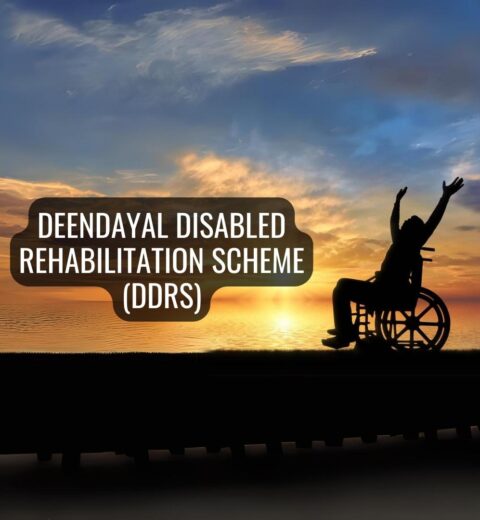Introduction:
In the pursuit of fostering inclusivity and dismantling barriers, the Government of India has unveiled the Accessible India Campaign, colloquially known as Sugamya Bharat Abhiyan. This groundbreaking government scheme for handicapped persons represents a strategic endeavor to transform the landscape of accessibility, ensuring that individuals with disabilities can seamlessly integrate into all aspects of societal life. Rooted in the principles of equality and designed as a pioneering Rehabilitation Scheme for handicapped persons, the Accessible India Campaign has embarked on a mission to create an environment where physical limitations do not impede the rights and opportunities of its citizens. This blog embarks on an insightful exploration of the campaign, unraveling its historical genesis, pivotal components, and the transformative impact it has on the lives of handicapped individuals nationwide. In a resolute stride towards creating a more inclusive and accessible nation, the Government of India introduced the Accessible India Campaign, also known as Sugamya Bharat Abhiyan. This transformative government scheme for handicapped persons represents a commitment to eliminating barriers and fostering an environment where individuals with disabilities can actively participate in all facets of life. This comprehensive blog embarks on an exploration of the Accessible India Campaign, unraveling its historical roots, key components, and the profound impact it has on the lives of handicapped individuals across the country. As a cornerstone within the Rehabilitation Scheme for handicapped persons, this initiative endeavors to create a society where accessibility is not just a goal but a fundamental right for every citizen.
Historical Roots:
The Accessible India Campaign traces its roots to the principles of equality enshrined in the Constitution of India. Launched in 2015, the campaign reflects a progressive shift in the government’s approach to addressing the needs of handicapped individuals. It serves as a testament to India’s commitment to uphold the rights of all citizens, irrespective of their physical abilities. The historical evolution of this campaign is intricately woven with the nation’s journey towards inclusivity, breaking down physical and societal barriers that hindered the participation of handicapped individuals in various spheres of life. The historical roots of the Accessible India Campaign, or Sugamya Bharat Abhiyan, are deeply embedded in India’s commitment to upholding the rights and dignity of all citizens, irrespective of physical abilities. Launched in 2015, this government scheme for handicapped persons emerged as a pivotal chapter in the nation’s journey toward inclusivity. Grounded in the principles of the Constitution, the campaign signifies a progressive shift in addressing the needs of individuals with disabilities, positioning itself as a beacon within the broader framework of the Rehabilitation Scheme for handicapped persons. The historical evolution of Sugamya Bharat Abhiyan reflects a conscientious effort to eliminate physical and societal barriers, ensuring that handicapped individuals can actively participate in all spheres of life and marking a transformative milestone in India’s commitment to creating a more equitable and accessible society.
Key Components:
At the heart of the Accessible India Campaign lies a set of transformative key components aimed at creating an inclusive environment for handicapped persons. The initiative focuses on improving accessibility in public transportation, creating accessible public spaces, and making government websites and documents more user-friendly for individuals with diverse abilities. Through the construction of ramps, accessible toilets, and retrofitting of existing infrastructure, the campaign endeavors to ensure that handicapped individuals can navigate public spaces with ease. Additionally, the campaign emphasizes sensitizing society about the needs and rights of handicapped persons, fostering a culture of inclusivity and understanding. At the core of the Accessible India Campaign (Sugamya Bharat Abhiyan) lie transformative key components that make it a pioneering government scheme for handicapped persons and a cornerstone within the Rehabilitation Scheme for handicapped persons. The campaign strategically focuses on improving accessibility across various dimensions of public life. This includes enhancing transportation by making public vehicles and spaces handicapped-friendly, retrofitting existing infrastructure with ramps and accessible facilities, and promoting inclusivity in digital spaces through the creation of accessible government websites. By undertaking these multifaceted initiatives, Sugamya Bharat Abhiyan aims to dismantle barriers, facilitating greater mobility, independence, and participation for handicapped individuals. The campaign’s comprehensive approach underscores its commitment to creating an inclusive and accessible environment, aligning seamlessly with the broader goal of fostering equality for all citizens.
Impact on Lives:
The impact of the Accessible India Campaign, or Sugamya Bharat Abhiyan, on the lives of handicapped individuals is nothing short of transformative. As a pioneering government scheme for handicapped persons, Sugamya Bharat Abhiyan has significantly improved accessibility, ushering in a new era of inclusivity and empowerment. By creating handicapped-friendly infrastructure, including ramps, accessible public transportation, and user-friendly digital spaces, the campaign has enabled greater mobility and independence for individuals with disabilities. Moreover, the societal impact is profound, as Sugamya Bharat Abhiyan fosters a cultural shift towards recognizing and respecting the rights and capabilities of handicapped individuals. The campaign’s comprehensive initiatives resonate in the daily lives of countless individuals, breaking down physical and societal barriers, and affirming the principles of the broader Rehabilitation Scheme for handicapped persons. The impact of the Accessible India Campaign on the lives of handicapped individuals is profound and far-reaching. By enhancing accessibility in public spaces and transportation, the campaign enables greater independence and mobility for handicapped persons. The creation of accessible infrastructure not only facilitates physical access but also contributes to the mental and emotional well-being of individuals who no longer feel marginalized. The campaign’s emphasis on sensitization promotes a societal shift towards recognizing and respecting the rights and capabilities of handicapped individuals, fostering a more empathetic and inclusive society.
Challenges and Solutions:
While the Accessible India Campaign, as a pivotal government scheme for handicapped persons, has made commendable strides, it encounters challenges that warrant strategic solutions within the framework of the Rehabilitation Scheme for handicapped persons. One notable challenge is the need for accelerated implementation to ensure timely results and widespread impact. Additionally, awareness gaps persist, necessitating intensified campaigns to educate the public about the rights and needs of handicapped individuals. Collaborative efforts involving government bodies, non-governmental organizations, and local communities are vital to overcoming these challenges. Ensuring the sustained success of the campaign requires ongoing infrastructure improvements and technological advancements to keep pace with evolving accessibility needs. By actively addressing these challenges, the Accessible India Campaign can further optimize its impact, fostering a more inclusive and accessible environment for handicapped individuals across the nation. The Accessible India Campaign has made significant strides, challenges such as slow implementation, awareness gaps, and the need for continuous infrastructure improvements persist. To address these challenges, there is a crucial need for expedited implementation processes, intensified awareness campaigns, and ongoing efforts to upgrade existing infrastructure. Collaborative initiatives involving government bodies, non-governmental organizations, and local communities are essential to ensuring the sustained success of this Rehabilitation Scheme for handicapped persons. By actively addressing challenges and finding innovative solutions, the campaign can continue to pave the way for a more accessible and inclusive India.
Conclusion:
In conclusion, the Accessible India Campaign, or Sugamya Bharat Abhiyan, stands as a testament to India’s commitment to inclusivity and equality. As a transformative government scheme for handicapped persons, it serves as a catalyst for societal change, fostering an environment where accessibility is not just a concept but a lived reality for all citizens. By addressing challenges and continuously evolving, the campaign contributes significantly to the overarching goal of creating a society where handicapped individuals can lead lives of dignity, independence, and active participation. In the journey towards an accessible India, this campaign serves as a guiding light, illuminating the path towards a more inclusive future for all. The Accessible India Campaign, or Sugamya Bharat Abhiyan, stands as a beacon of inclusivity and accessibility within the comprehensive framework of the government handicapped person scheme. As a transformative initiative embedded within the broader Rehabilitation Scheme for handicapped persons, Sugamya Bharat Abhiyan has ushered in a new era of empowerment for individuals with disabilities. By strategically addressing physical and societal barriers, the campaign has significantly improved the quality of life for handicapped individuals, promoting greater mobility, independence, and participation in various facets of society. Challenges notwithstanding, the campaign underscores the government’s unwavering commitment to fostering equality and creating an environment where every citizen, regardless of physical abilities, can thrive. Sugamya Bharat Abhiyan serves as a testament to the transformative power of targeted government interventions, marking a significant milestone in India’s journey toward a more inclusive and accessible future for all.




